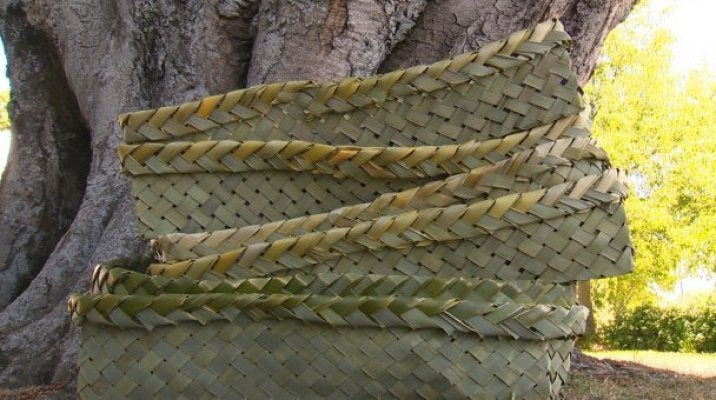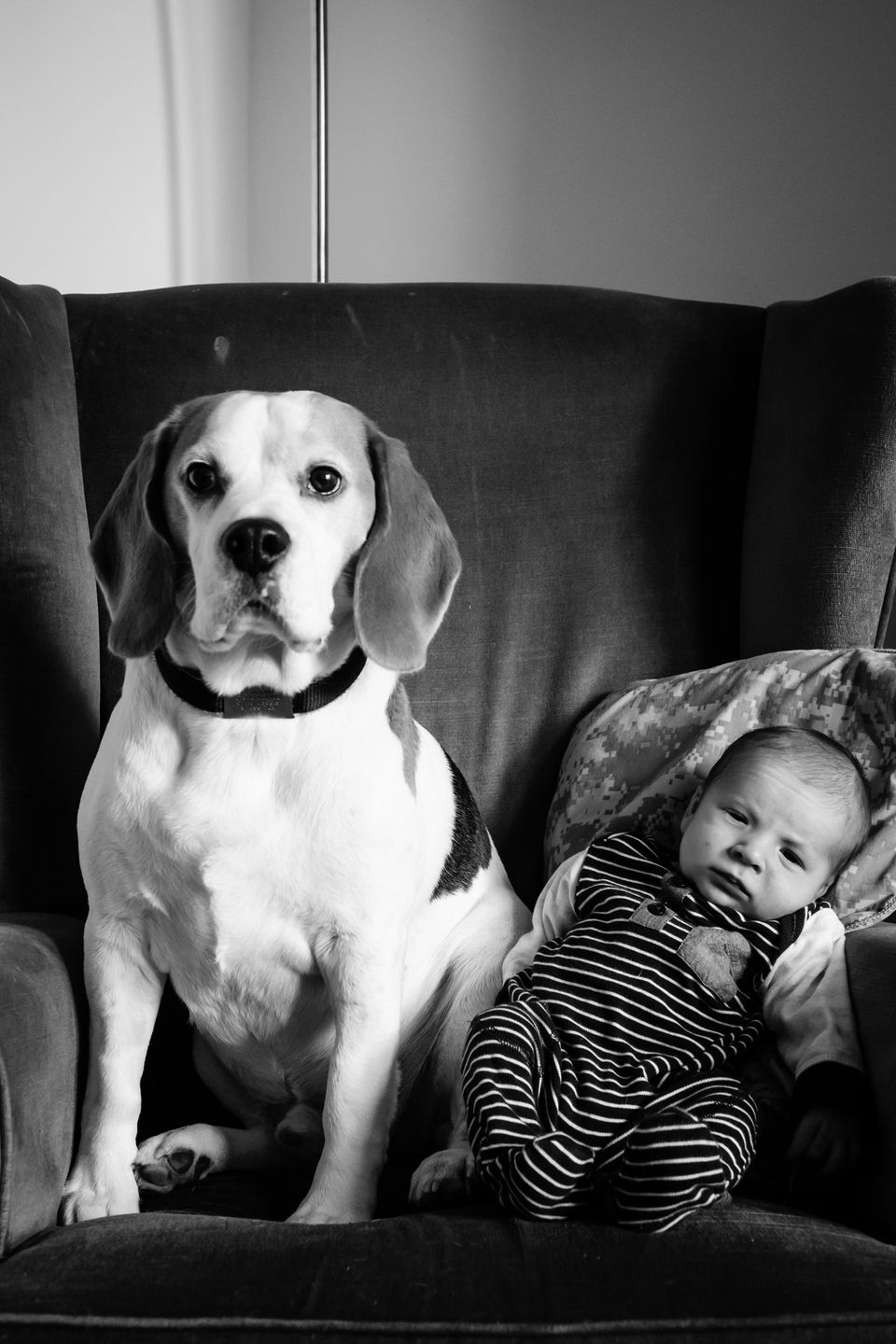
Sleep experts say a centuries-old woven bassinet may be the answer to saving dozens of New Zealand infants’ lives every year.
New research showed that the wahakura ― a modern version of a traditional woven baby basket used by New Zealand’s indigenous Māori populations in the 1600s ― could help lower the high prevalence of sudden unexpected infant deaths in today’s Māori populations. (Sudden unexpected infant death is more commonly referred to as sudden infant death syndrome or SIDS in the U.S.)
“Sudden unexpected infant death rates are disproportionately high amongst indigenous populations,” the new study’s lead author Sally Baddock, associate professor and co-head of the School of Midwifery at Otago Polytechnic, told The Huffington Post.
Estimates suggest that as many as 50 to 85 sudden unexpected infant deaths occur each year in New Zealand. Additionally, as many as 62 percent of all New Zealand’s sudden unexpected infant deaths occur in Māori communities, even though the Māori people comprise just 15 percent of the country’s population.
Experts suspect the disparity is due to cultural differences, including Māori mothers’ tendency co-sleep, or share a bed with their infants at night, and to smoke during pregnancy. Both factors are known to increase rates of sudden unexpected infant death.
A group of local weavers developed the first modern wahakura in 2006 as a solution that they hoped be safer than co-sleeping while aligning culturally with Māori mothers’ values. Local health groups, like the organization Whakawhetū, have distributed the baby beds to Māori mothers across New Zealand since 2008 in an effort to decrease infant deaths.

The wahakura is woven from native New Zealand flax plants, which make the beds soft and flexible ― so Māori moms can place the woven bassinets directly in their own beds, Baddock explained.
“The wahakura provides a positive alternative to ‘direct bed-sharing’ ― when the baby and mother sleep in the same bed ― that still allows close contact with mother and baby [and] provides a separate sleeping space for the baby,” she said.
The new research by Baddock and her colleagues is the first peer-reviewed study to quantify the risks and benefits of the wahakaura and show that they are as safe as other bassinets.
Wahakuras are safe, plus new moms like using them
The study included nearly 200 Māori mothers of newborns ― 96 of whom were given a traditional bassinet for their babies and 101 of whom were given wahakuras. The mothers were interviewed when the babies were 1, 3 and 6 months old about their own sleep quality and how they felt about using the bassinets. The researchers also installed infrared video cameras above wherever the babies typically slept to monitor the use of the bassinets.
No infants died over the course of the study and the data (from the cameras and from the interviews) showed no significant differences between the wahakura users compared with the traditional bassinet users when it came to behaviors that put babies at higher risk for sudden unexpected infant death (such as the babies sleeping in their mothers’ beds, the babies not sleeping on their backs or the babies getting covered by loose bedding). Also, rates of the babies getting ill or needing medications were similar for both groups.
“The wahakura provides a positive alternative to ‘direct bed-sharing’ (when the baby and mother sleep in the same bed) that still allows close contact with mother and baby and provides a separate sleeping space for the baby.”
- Sally Baddock, associate professor and co-head of the School of Midwifery at Otago Polytechnic
Additionally, the mothers in the study reported similar sleep quality whether or not they used the wahakura or a bassinet. And mothers who used the wahakuras were twice as likely to still be breastfeeding their infants once they turned 6 months old compared to the mothers who used the bassinets. (Breastfeeding is a behavior that is known to lower sudden unexpected infant death rates. Watch the video below for more on the most recent U.S. recommendations for preventing SIDS.)
The study did not specifically measure why mothers who used the wahakuras breastfed longer than mothers who used traditional bassinets, but the researchers suspect it is because the wahakura can be used in the mother’s bed, which allows moms to be closer in proximity to their babies throughout the night (making it more convenient to breastfeed).
The bottom line, Baddock said, is that mothers using the wahakuras (and the health professionals recommending them) can feel more confident they are safe. And the flax bassinets may be useful for other indigenous populations with high rates of sudden unexpected infant deaths, too, according to Baddock.
This reporting is brought to you by HuffPost’s health and science platform, The Scope. Like us on Facebook and Twitter and tell us your story: scopestories@huffingtonpost.com.
Sarah DiGiulio is The Huffington Post’s sleep reporter. You can contact her at sarah.digiulio@huffingtonpost.com.
